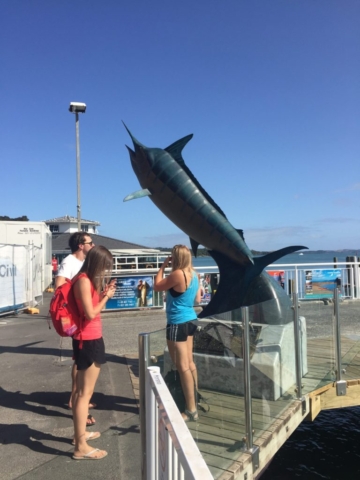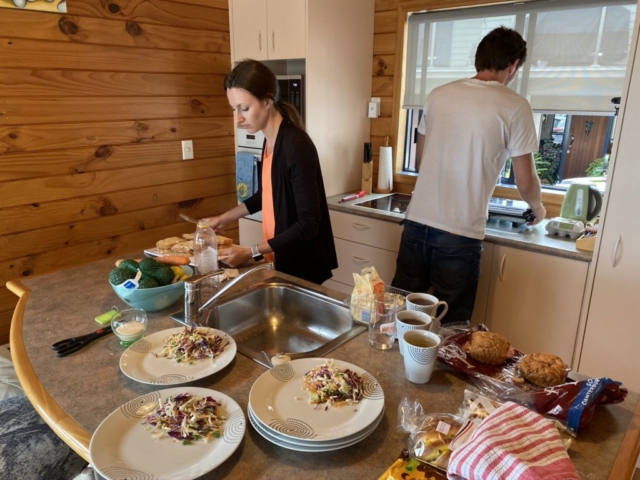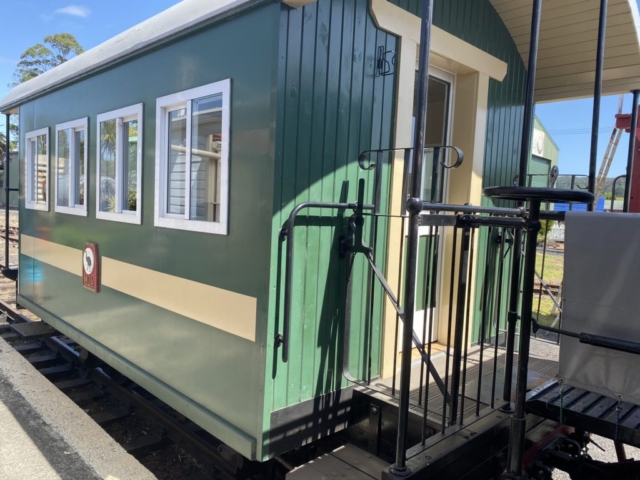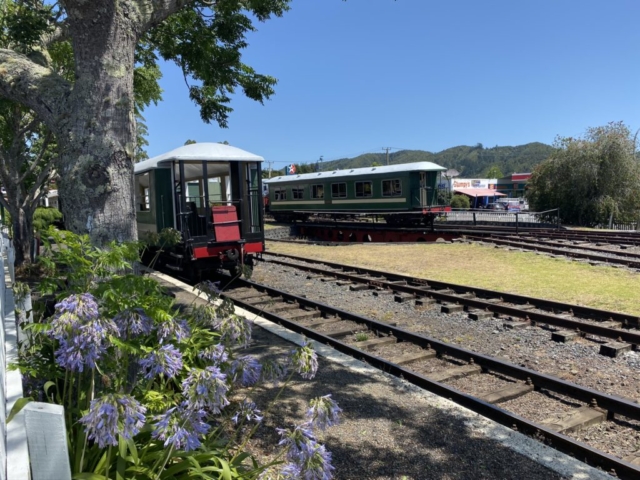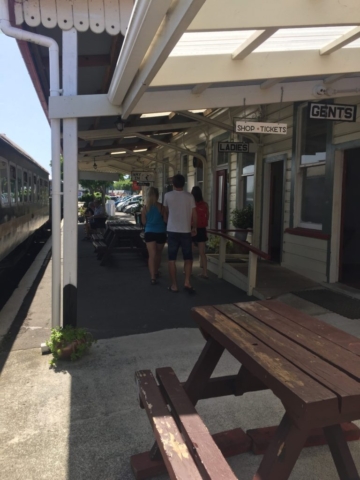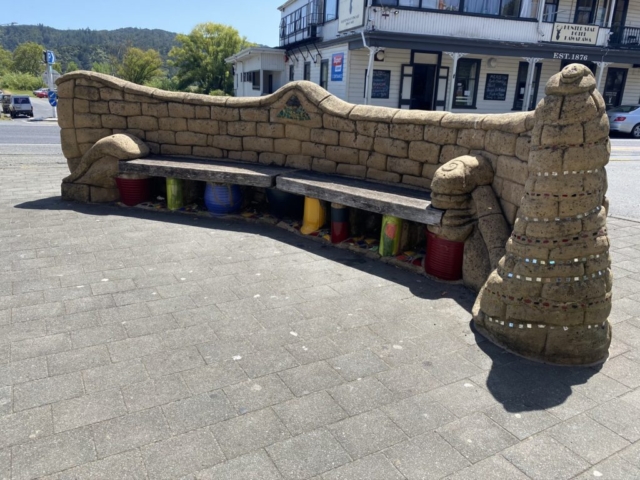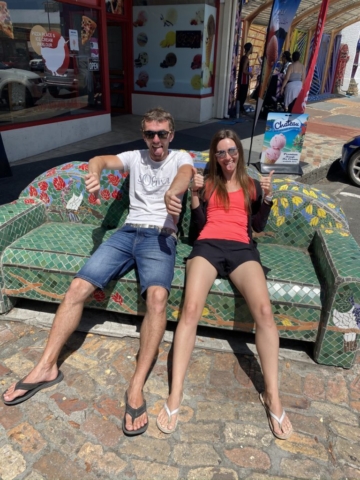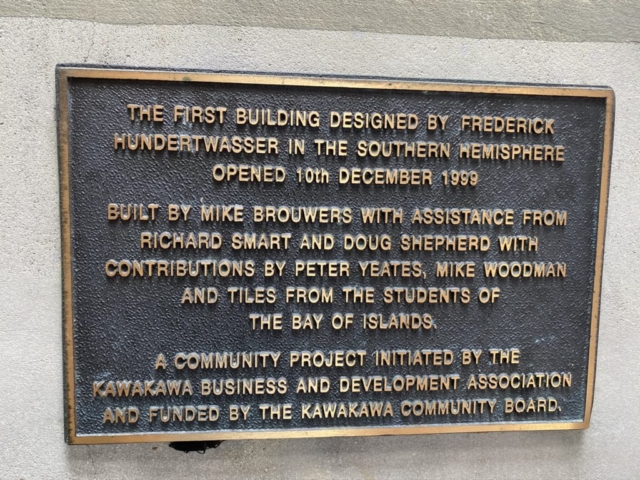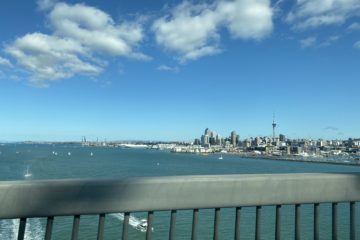Paihia
Paihia is the main tourist town in the Bay of Islands in the far north of the North Island of New Zealand. A place where locals enjoy a great lifestyle and will be delighted to share it with visitors who come here every summer. And no wonder, the place boasts safe golden-sandy beaches and the area is suitable for sightseeing walks. If you are a daredevil, you can swim with dolphins or paddle a sea kayak around 144 islands, which form the entire bay.
Paihia is proud to be recognised as ‘the Jewel of the Bay of Islands’. And we can confirm it ourselves. We were really lucky with the accommodation here and enjoyed a wonderful view of the bay from the balcony. If it were possible to come here again to see it, I would definitely like to live in the same place.
Kawakawa (name after the Kawakawa bush)
The coal was discovered here in the early 1860s. In 1868, a horse-drawn tramway was put into operation, transporting coal from the mines to the Taumarere wharf. In 1871, two steam locomotives were acquired and the tram was upgraded to railway standard. In 1884, a railway line was opened from Kawakawa to Opuy, replacing the line to Taumarere wharf. Unfortunately, in 1899 a large fire destroyed almost all the buildings and the city was rebuilt. The current railway station was built in 1911. Coal mining ended in Kawakawa in the early 20th century. Now the city’s economy is based on agriculture.
The city is now known as “Train Town” because the Bay of Islands Vintage Railway stretches in the middle of the main street on the former Opua Branch railway line.
Hundertwasser Toilets
Hundertwasser Toilets are public toilets located on the main road in the city of Kawakawa. The building was completed in 1999 and named after the Austrian and New Zealand architect and visual painter Friedensreich Hundertwasser, who designed this project and lived in Kawakawa until his death in 2000. Although it is a public toilet, it is also a work of art and tourist attraction.
Recycled materials were used, including spent glass bottles and bricks from the former Bank of New Zealand branch.














